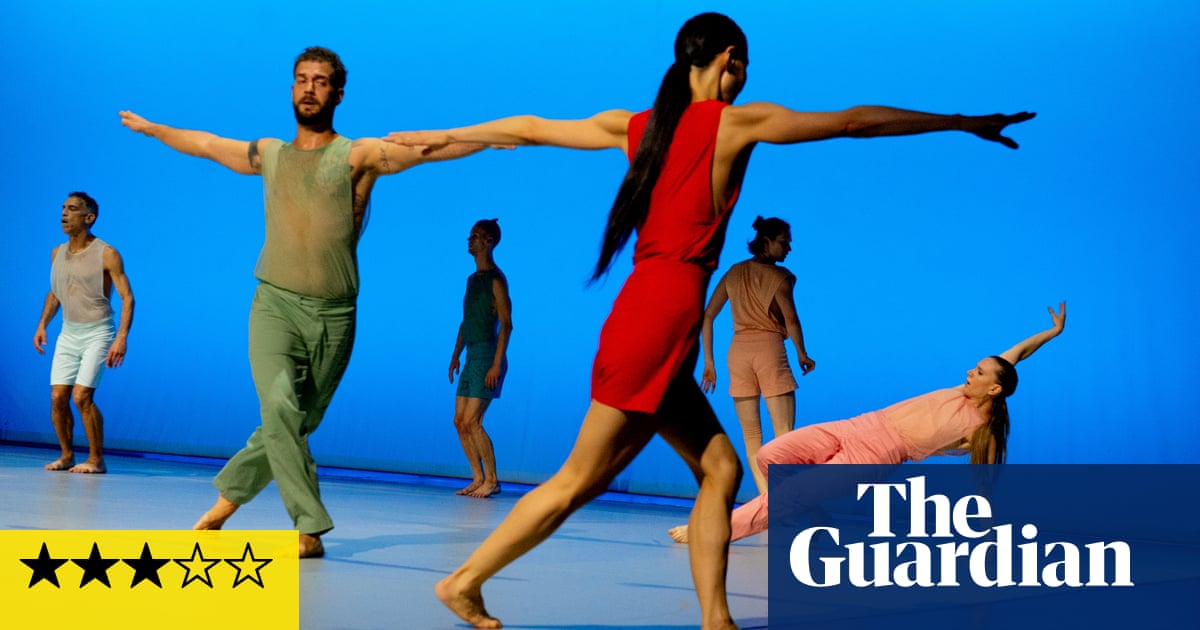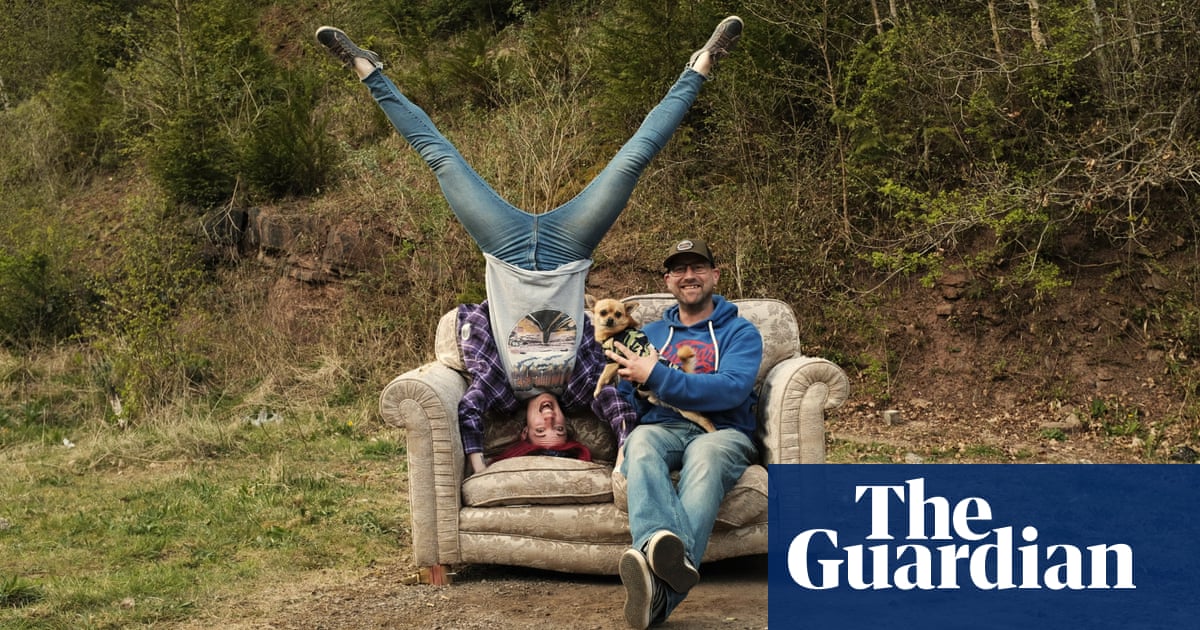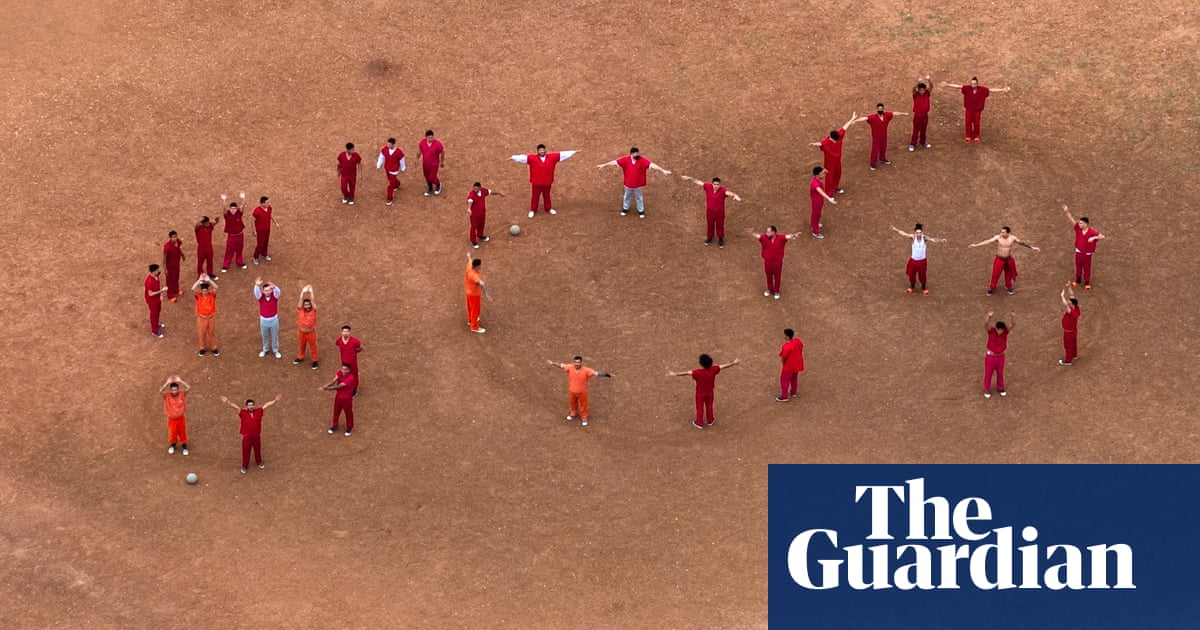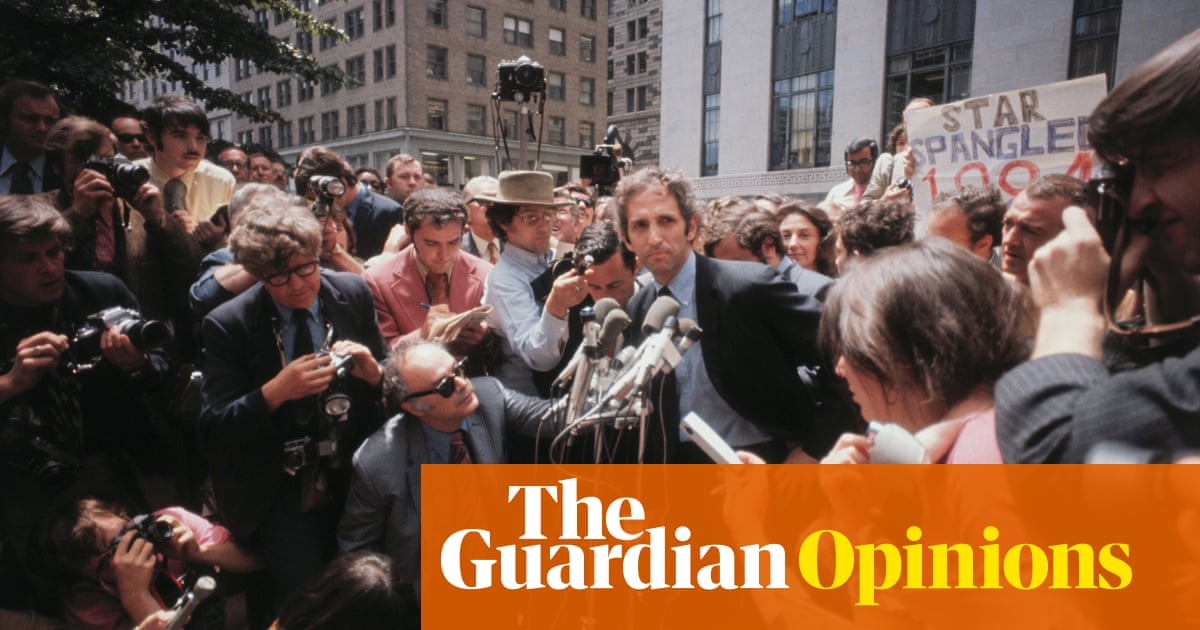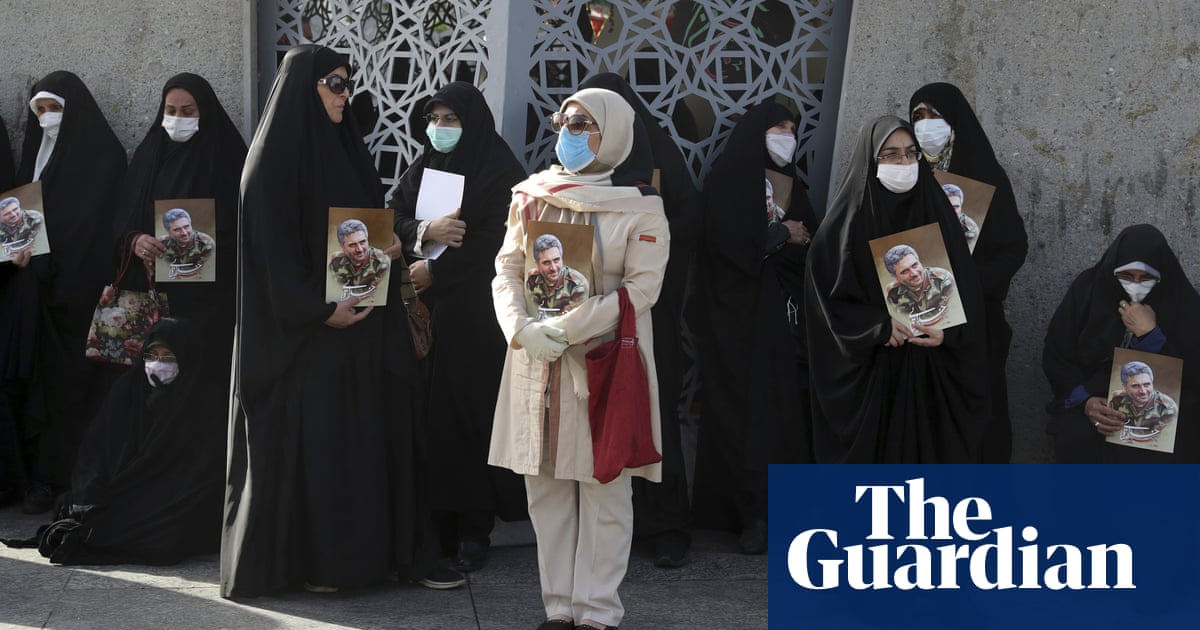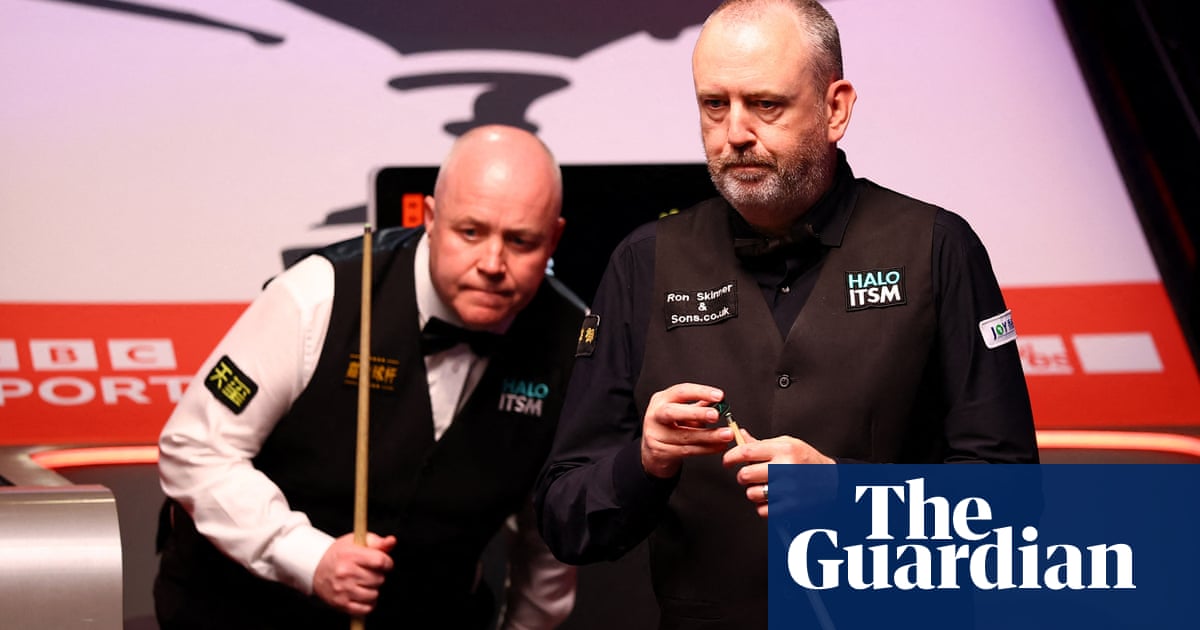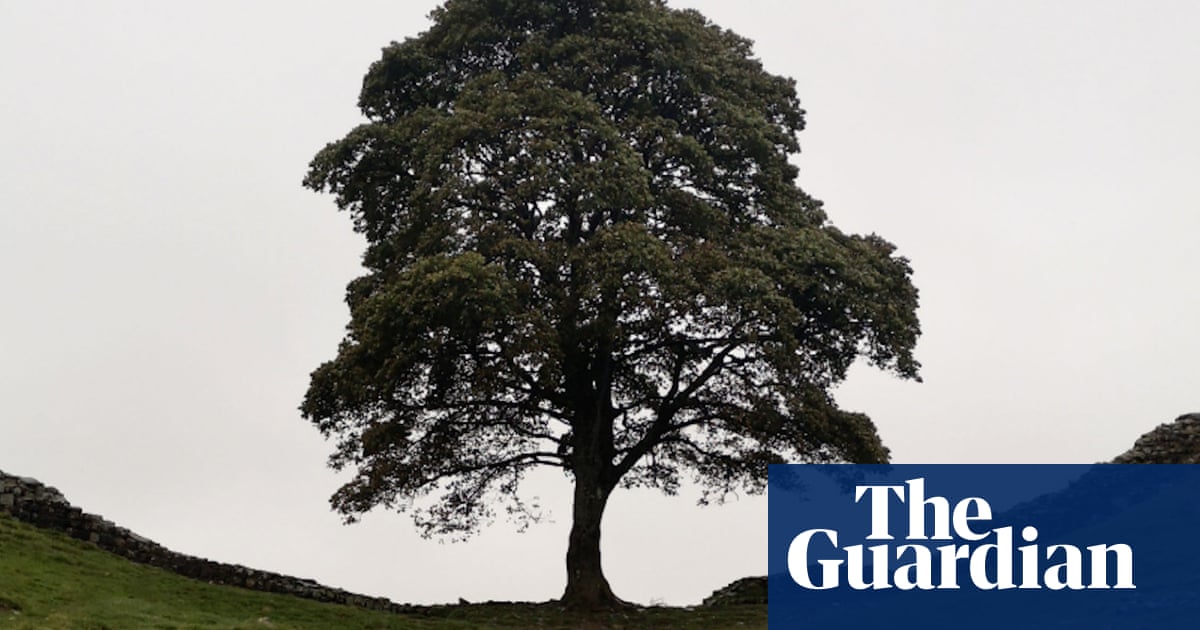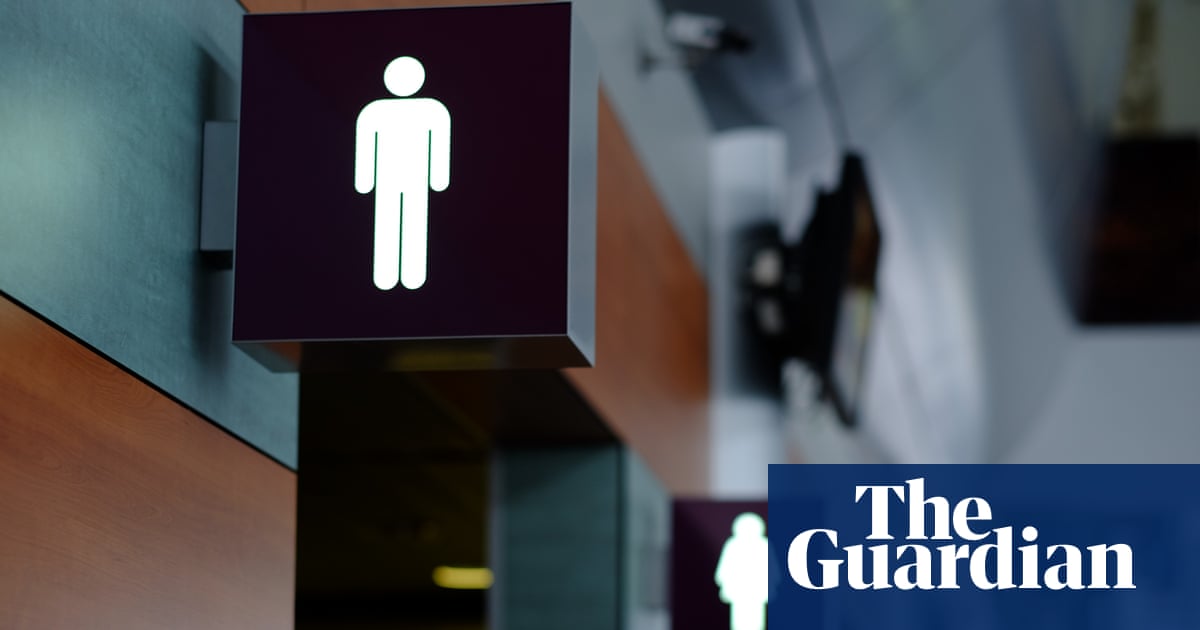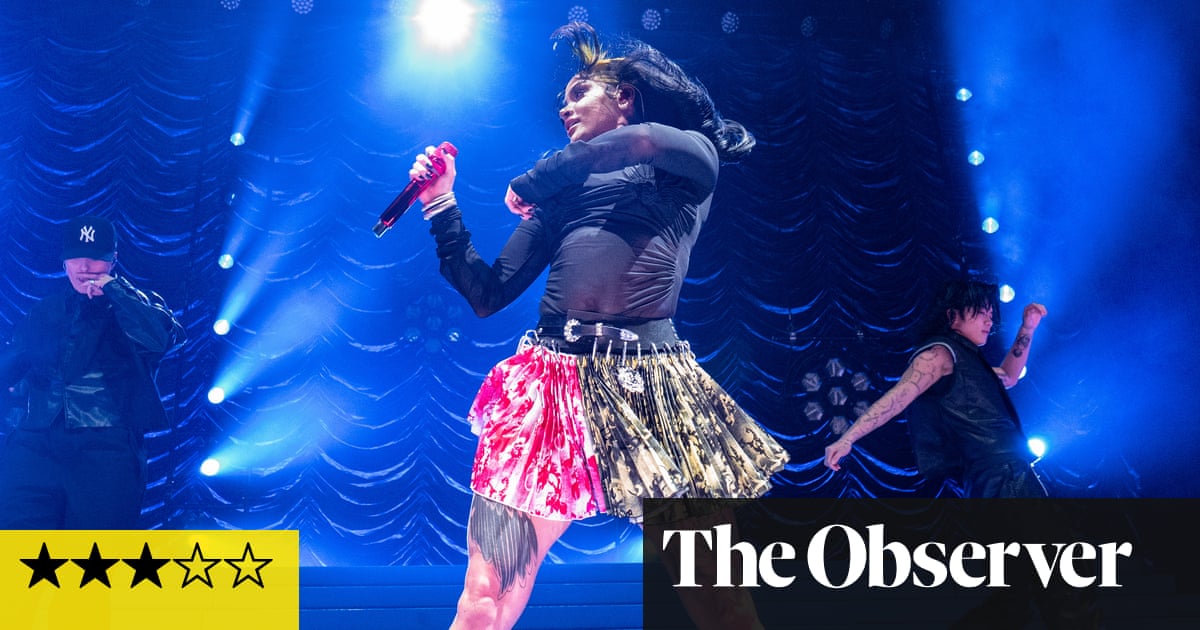Long before Bridgerton, there was theatre for Jonathan Bailey, from roles at the RSC as a child actor onwards. His ease and aptitude on stage is evident here yet he is still a revelation, lighting up this play about a king’s misrule and downfall. As the less performed opening of Shakespeare’s history quartet of “Henriads”, it is an exploration of power, reflecting on the superannuated concept of a king’s divine rule and its unseating after a rebellion by exiled cousin, Henry Bullingbrook.
Nicholas Hytner, as director, smooths away most of the play’s creakiness with a pared-down production that has the pace and intrigue of a thriller. It is muscular in its look and Bailey singularly shines, his luminosity putting the others slightly in the shade.
He is a whimsical monarch, puffed up and explosive in his tempers, snorting cocaine and, with a shrug, signing over John of Gaunt’s wealth to himself on his uncle’s deathbed. Yet still you feel for him as he speaks of his absolute, divine entitlement, even as Bullingbrook aims his artillery gun at him. In his panicked, deposed state, he is a self-mythologiser – Jesus to Bullingbrook’s Judas.

A play with abundant beauty to its verse (“This blessed plot, this earth, this realm, this England,” sighs the ailing Gaunt, played efficiently by Martin Carroll), its lyricism becomes slightly muted, though never by Bailey, whose words glitter with feeling. Royce Pierreson’s Bullingbrook is a man of action but you do not get beneath his skin. Phoenix Di Sebastiani, as the allegedly traitorous Mowbray, is spirited, while Christopher Osikanlu Colquhoun as the Earl of Northumberland bears gravitas.
A modern-dress production, men in suits look like bankers or accountants overseeing a corporate tyranny in Richard’s court, carrying paperwork and strategising in the bar.
There is potent physicality at the start, amid the soulless bureaucracy. Richard squares up to others, nose to nose (you wonder if Bailey will go in for a kiss, like David Tennant’s Richard in 2013) but there are only swaggering face-offs.
Bob Crowley’s set design has a gestural opulence, with dangling chandeliers, but it stays minimal, with a single element such as a bed or table arrangement rising from below. The scene in which Richard is forced to renounce the throne is turned into a legal inquiry, he the defendant in a modern courtroom. Bruno Poet’s lighting creates much of the effects, such as the blasts of battle and the shadow of Richard’s prison bars at Pomfret Castle.

If the grip of the first half of the production slightly loosens by the second, it remains engaging. The background music, coming on to heighten moments, has the generic sound of a film score, and the near empty stage now leaves the drama slightly more unmoored.
The final image of Richard in a body bag is stark and powerful, setting the scene for the violence to come, with the crowned Henry swearing repentance. A Shakespearean cliffhanger, of sorts.

.png) 2 months ago
26
2 months ago
26
